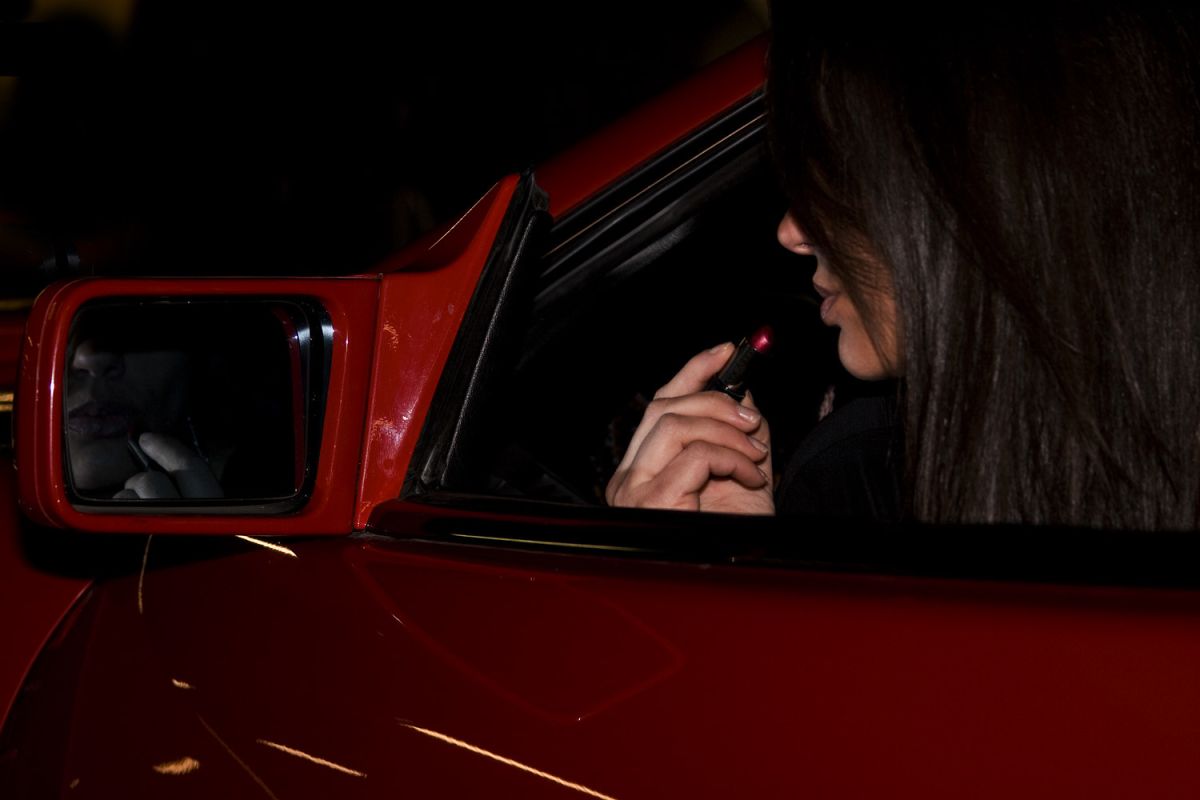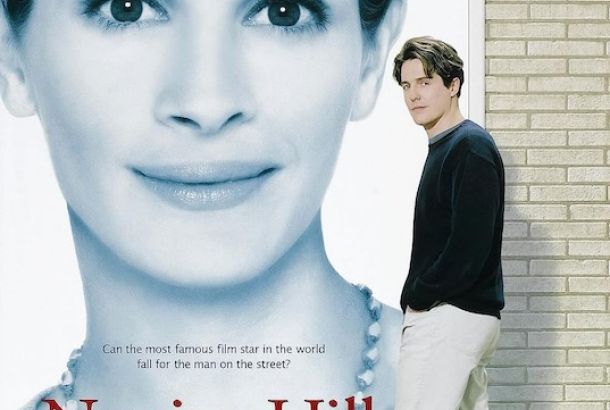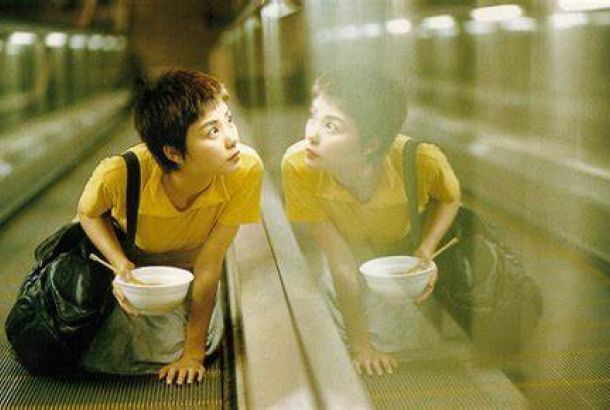Making sense of the Manic Pixie Dream Girl

In Laura Mulvey’s 1975 essay Visual Pleasure and Narrative Cinema, Mulvey expresses contempt for Hollywood cinema for depicting women as “passive” accessories to men. She states that “the presence of a woman is an indispensable element of spectacle […], yet her visual presence tends to work against the development of a storyline.” This is true in many cases of female representation, but can the same logic be applied to the Manic Pixie Dream Girl (MPDG) trope?
Who is the Manic Pixie Dream Girl?
In 2007, film critic Nathan Rabin coined the term to describe the phenomena of women in romcoms who are outgoing, spontaneous, and seemingly mysterious. These women counteract the male love interest who is often awkward and lacking romantic experience. The term initially described Kirsten Dunst’s character in Elizabethtown (2005). Within the narrative, a binary opposition is created between woman and man, compelling audiences to explore gender dynamics. However, from a representational point, the MPDG trope is controversial as she is always left responsible for changing and improving the man’s life.
Rabin writes that “the Manic Pixie Dream Girl exists solely in the fevered imaginations of sensitive writer-directors to teach broodingly soulful young men to embrace life and its infinite mysteries and adventures.” It is in this sense that I would argue that the MPDG actually defies Mulvey’s claim that women halter the “development of a storyline.” In romcoms, it is the MPDG who is actively improving her male lover. Nevertheless, the MPDG trope is still inherently problematic.
The problem with the MPDG is that she is an exciting accessory. Her only purpose in the film is to play a catalyst in a man’s development. Her interests are only deemed cool because he is attracted to her. She cannot independently exist. In a later article calling for the death of the MPDG, Rabin says: “The trope of the Manic Pixie Dream Girl is a fundamentally sexist one, since it makes women seem less like autonomous, independent entities than appealing props to help mopey, sad, white men self-actualize.” It would seem that the MPDG is in control as she is the one changing a man’s life but in doing so she is fundamentally still serving him.
In an article from The Atlantic, titled ‘The Real-World Consequences of the Manic Pixie Dream Girl Cliché’, writer Hugo Schwyzer acknowledges the work of Laurie Penny. Penny states that in real-life circumstances women often “grow up expecting to be the supporting actress in somebody else’s [life]” mirroring the ‘fictional’ trope of the MPDG. Schwyzer writes that “manic pixie dream girlhood served as a model for how to live as a teen and early 20-something.” I wonder if a correlation between the ‘I can fix him’ mentality that many women may have when entering relationships is related to the mass exposure of the MPDG trope.
Surprisingly, Rabin calls for the demise of the MPDG term in an opinion piece titled ‘I’m Sorry For Coining The Phrase “Manic Pixie Dream Girl”’. Increasing discourses posit that the term itself is misogynistic, Rabin regrets its over usage in the media. He explains that it can be “reductive” in describing female characters. It can become an easy way for critics to downplay an interesting female character just because they have the odd quirk.
In the same piece, Rabin mentions a Zoe Kazan interview where she dismisses the phrase. She calls it an “unstoppable monster where people use it to describe things that don’t really fall under that rubric.” I do find truth in Kazan’s statement. As a female viewer, I have found solace in eccentric characters… for them to only be reduced to a MPDG. When often they are not. Take for instance Clementine from Eternal Sunshine of the Spotless Mind (2004). Clementine is a striking and unapologetic character yet she is minimised to this. Clementine even states that she is “not a concept”.
Overall, exposure to more female characters written by women are needed to avoid the term altogether. It is often male writers that project their fantasies onto their fictional female characters. As Rabin writes “Let’s all try to write better, more nuanced and multidimensional female characters: women with rich inner lives and complicated emotions and total autonomy, who might strum ukuleles or dance in the rain even when there are no men around to marvel at their free-spiritedness.”







